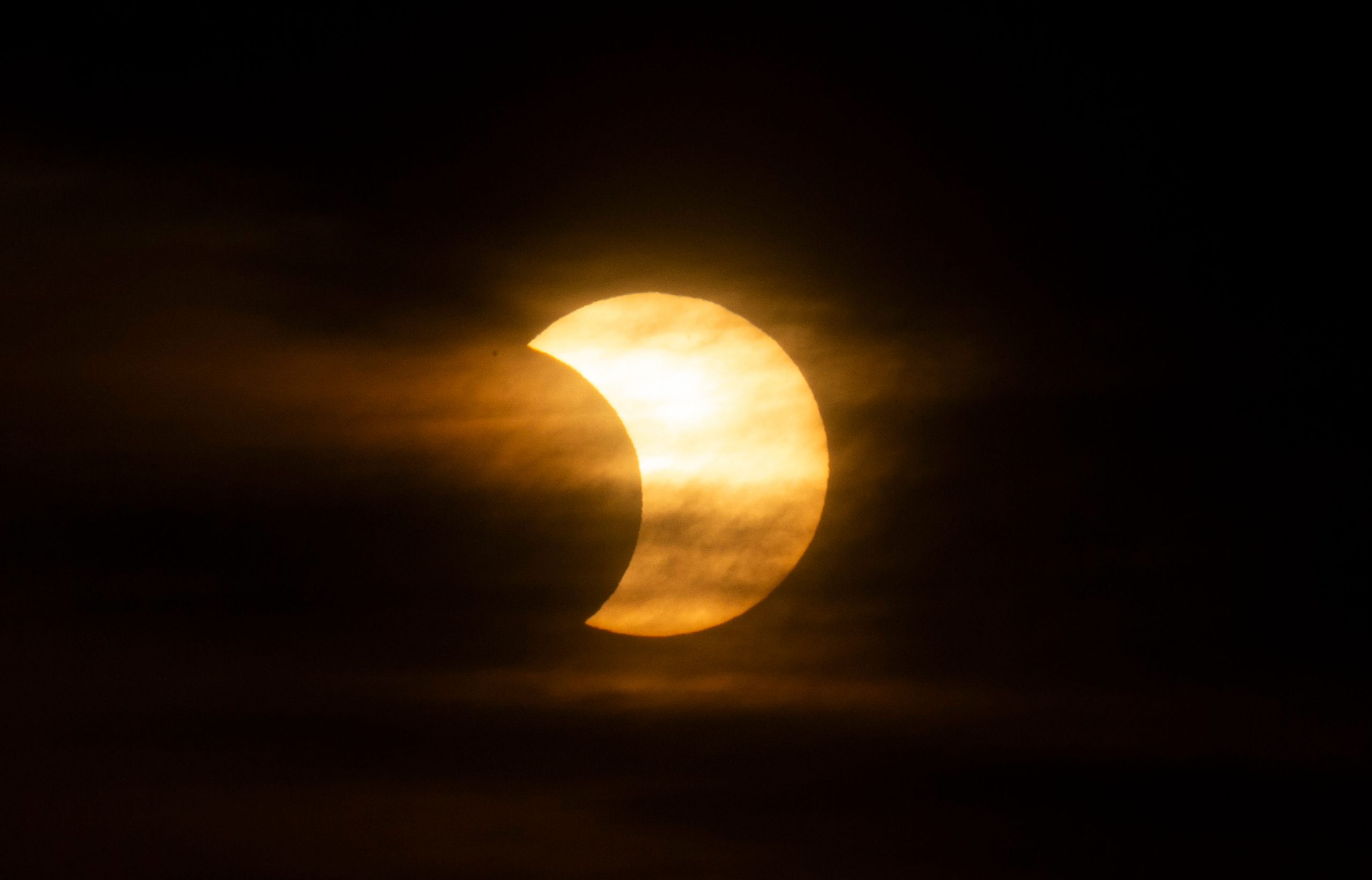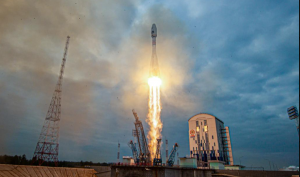The year’s only total solar eclipse will occur on December 4, and those living in the far south of the globe may be able to see it. If Antarctic weather cooperates, there may be a livestream available. Although partial phases of Saturday’s eclipse will be seen in Australia, New Zealand, Argentina and South Africa, the best place to see it will be Antarctica and adjacent waters.
Major space events in the celestial calendar of 2021
Solar eclipses occur when the moon passes in between the sun and earth. When the moon is close enough in its orbit around the earth to block 100 percent of the solar disc, a total solar eclipse occurs.
After the December eclipse, we’ll have to wait nearly 18 months for the next total solar eclipse, which will occur on April 20, 2023. According to NASA’s eclipse site, this will be visible across a much more populated region, including south and east Asia.
A year that eclipsed all eclipses
Saturday’s eclipse, like most solar eclipses, will be brief. From earth’s perspective, the moon’s shadow is quite small, and we are fortunate that it is sometimes just big enough to cover the full face of the sun.
According to Sky & Telescope, totality will endure only 1 minute and 54 seconds at most; however, this is dependant on where you are standing within the path of totality. The eclipse’s partial phase will only last an hour.
Total solar eclipses occur due to a fortuitous coincidence: the sun’s diameter is 400 times greater than the moon’s, but our moon orbits earth 400 times closer than the sun. A total solar eclipse occurs every 18 months or so, when the orbital trajectories of the moon and the sun exactly coincide.
Totality happens when the moon’s deeper shadow, known as the umbra, reaches across the surface. Totality, as described by eclipse chasers, is a once-in-a-lifetime experience in which the sun’s disc becomes a crescent while the moon’s shadow sweeps the region.
Its superheated corona layer peeks out around the moon as the sun is entirely obscured. The entire phase of the eclipse on Saturday will last less than 2 minutes, but the alignment will be fortunate enough to provide sky-watchers 7.5 minutes of viewing time







